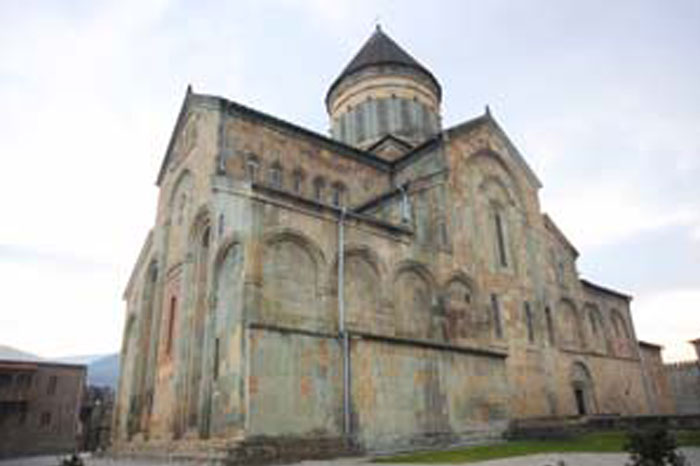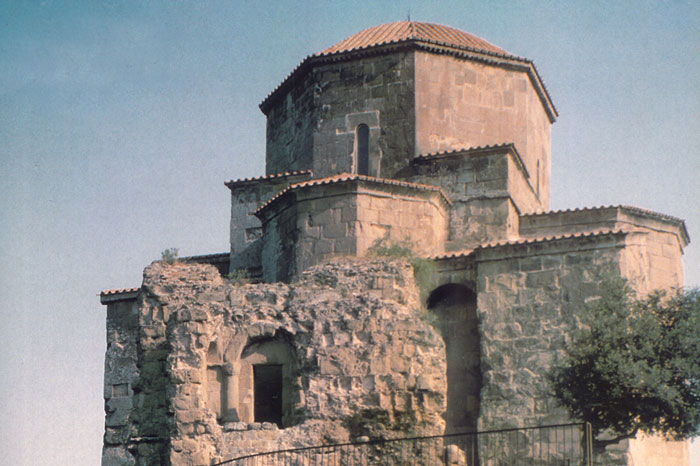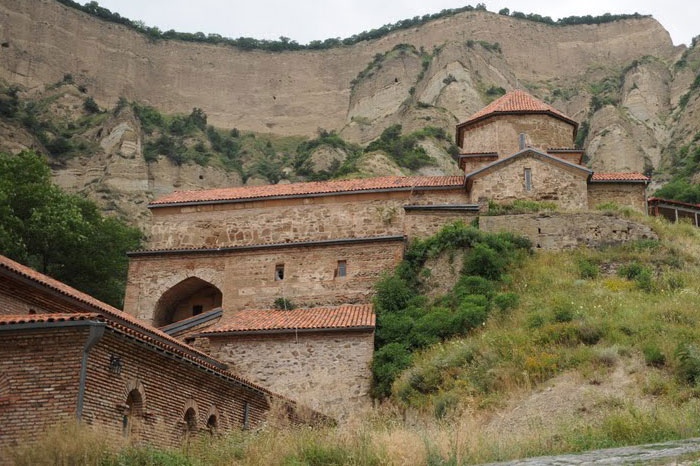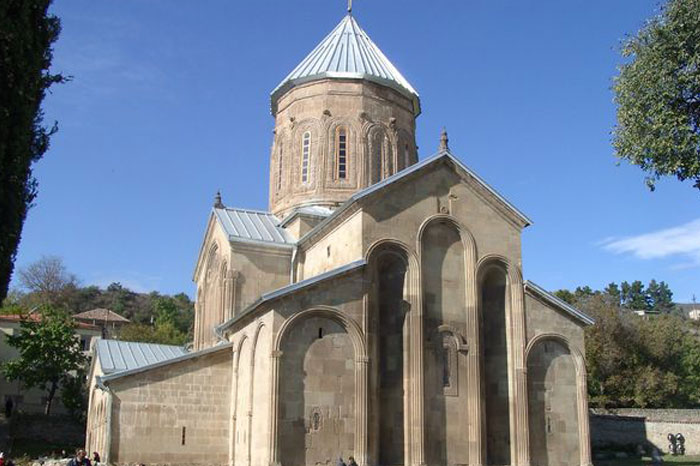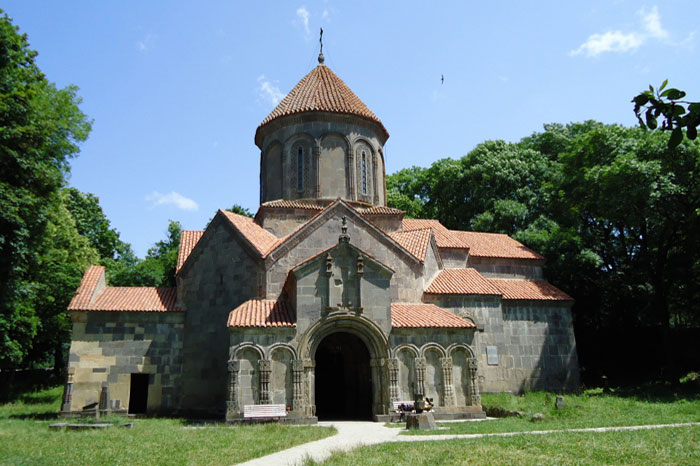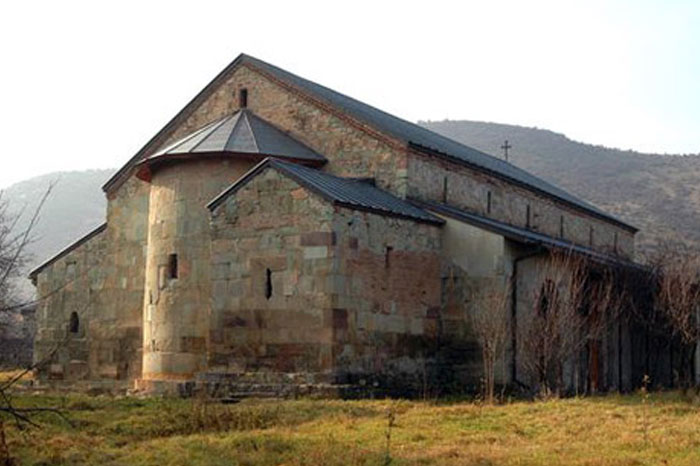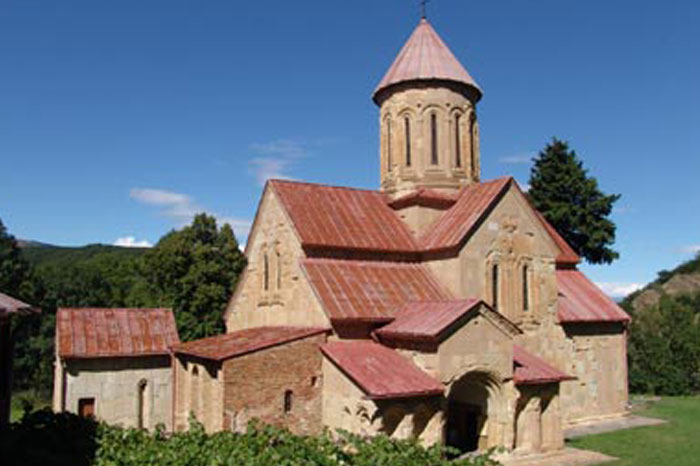CENTRE – Tbilisi
AREA – 6200 SQ.KM.
POPULATION – 464000
Kartli is a historical region located in the eastern part of Georgia. Kartli is the geographic center of Georgia. Here is the capital of Georgia Tbilisi, as well as the city of Mtskheta, which from ancient times until the V century was the capital of Iberia (Eastern Georgia). Kartli is divided into Shida (internal) and Kvemo (lower) Kartli. Shida Kartli - a region with a rich historical past represented the cradle of Georgian civilization and statehood. Kvemo Kartli is especially interesting from the archaeological point of view. In Dmanisi, on the territory adjacent to the Algeti Reserve, in Manglisi many interesting objects and people's tombs have been discovered, which belong to the Eneolithic period, Early Bronze Period, Middle Bronze Period, and the Late Bronze period. The natural beauty and architecture of historical monuments harmoniously intertwine with each other.





